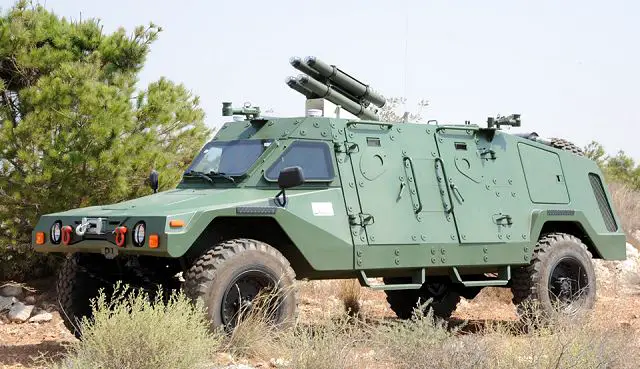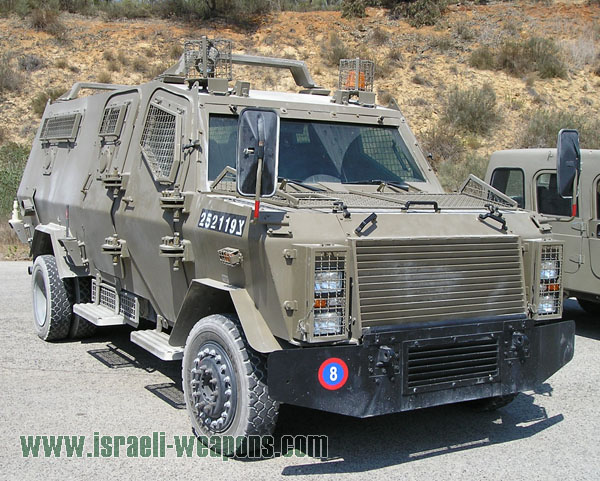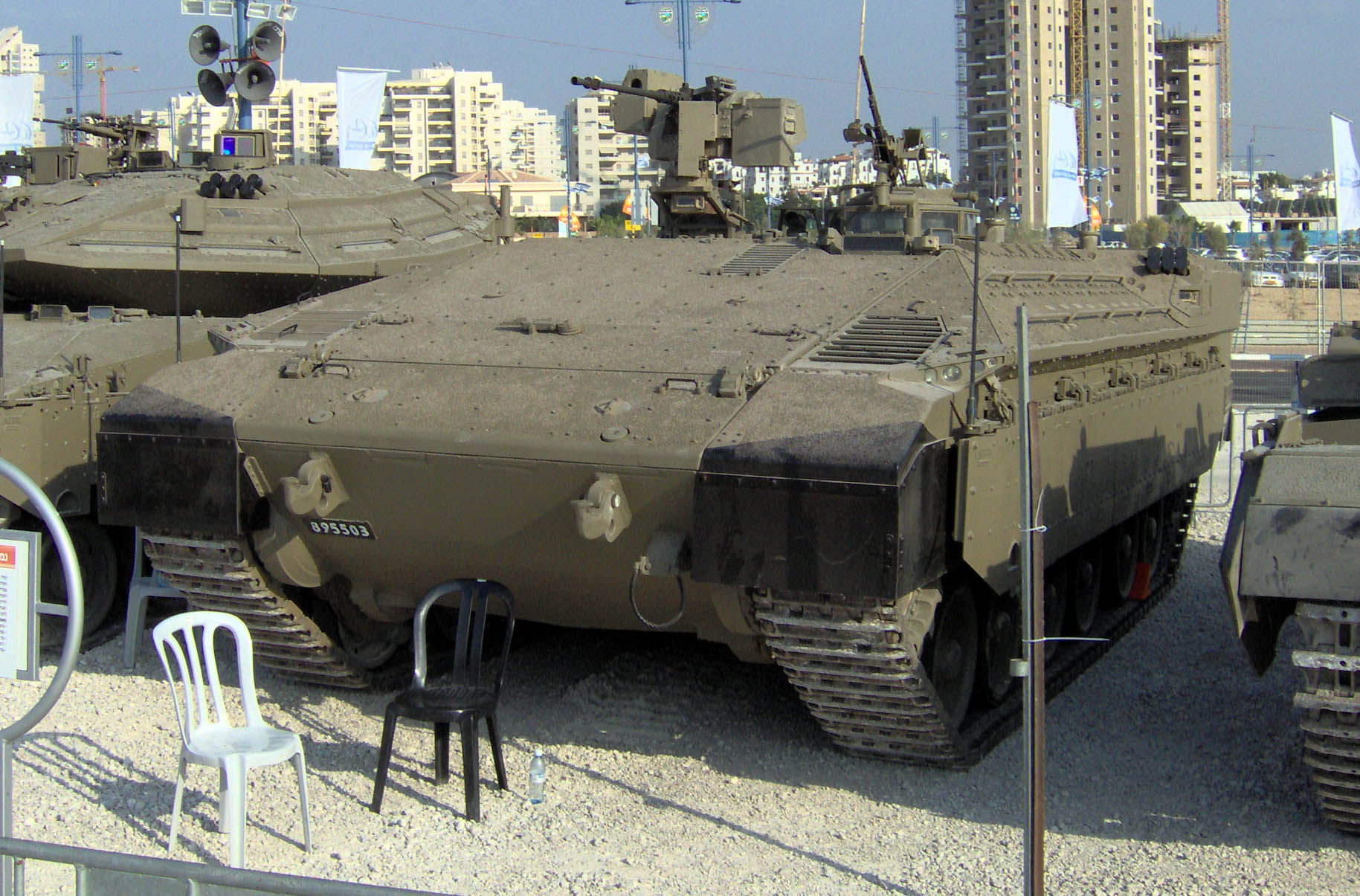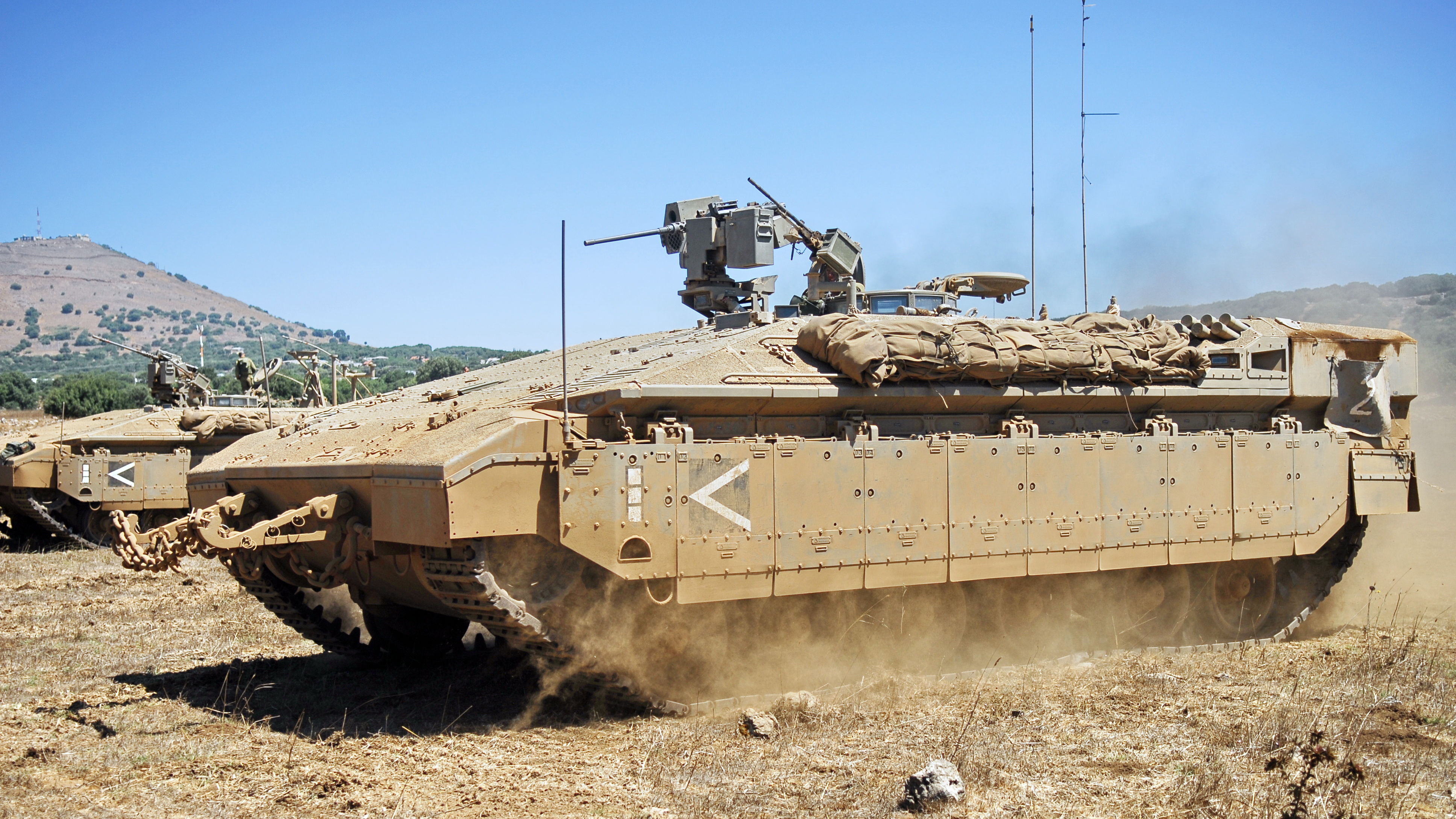DavidSling
SENIOR MEMBER

- Joined
- Oct 25, 2013
- Messages
- 4,826
- Reaction score
- 0
- Country
- Location

Namer is a heavily armoured infantry fighting vehicle based on the chassis of the Merkava 4 main battle tank of Israel. Also called Tiger or Leopard, it is one of the most highly protected armoured personnel carriers (APC) in the world. Developed in 2008, the Namer armoured vehicle is a major element of the Israel Defence Force (IDF) modernisation plan.
The 60t armoured infantry fighting vehicle (AIFV) can carry a crew of three – the driver, commander and the remote controlled weapon station (RCWS) operator. The mobility and protection of the vehicle is comparable to the latest main battle tanks.
The Namer was developed by the Israeli Ordnance Corps and was first acquired by the Golani Brigade of the IDF in summer 2008. The brigade used two Namer vehicles in the war in Gaza. The IDF plans to deploy about 250 Namer armoured IFVs by developing support variants and replace the M-113 APC vehicles.
Namer armoured fighting vehicle production and development

The Namer was derived from the combination of Nagmash, the Israeli variant of M113 APC and Merkava. In 2005, the first prototype of the heavy IFV, called Nemera (Tigress) was revealed. It was developed based on the chassis of the Merkava mk1 main battle tank (MBT). Field trials and evaluation were conducted for exporting the Nemera, which, however, received no orders.
"Namer is one of the most highly protected armoured personnel carriers (APC) in the world."
The plans to convert the aging Merkava mkI MBTs, which are being withdrawn from service, to the APC and IFV have been cancelled as construction of new vehicles with the Merkava 4 chassis was considered to be a more economical alternative.
Development of the Namer heavyweight vehicle began in July 2007 with the launch of IDF's armoured infantry fighting vehicle (AIFV) programme. The programme aims to modernise and strengthen the IDF ground forces throughout the five-year plan.
Namer was revealed to public in early 2008 and went into production in April 2008 with the approval from the IDF chief of staff and IDF funding for the pilot production of 15 tracked vehicles.
Namer AIFV design
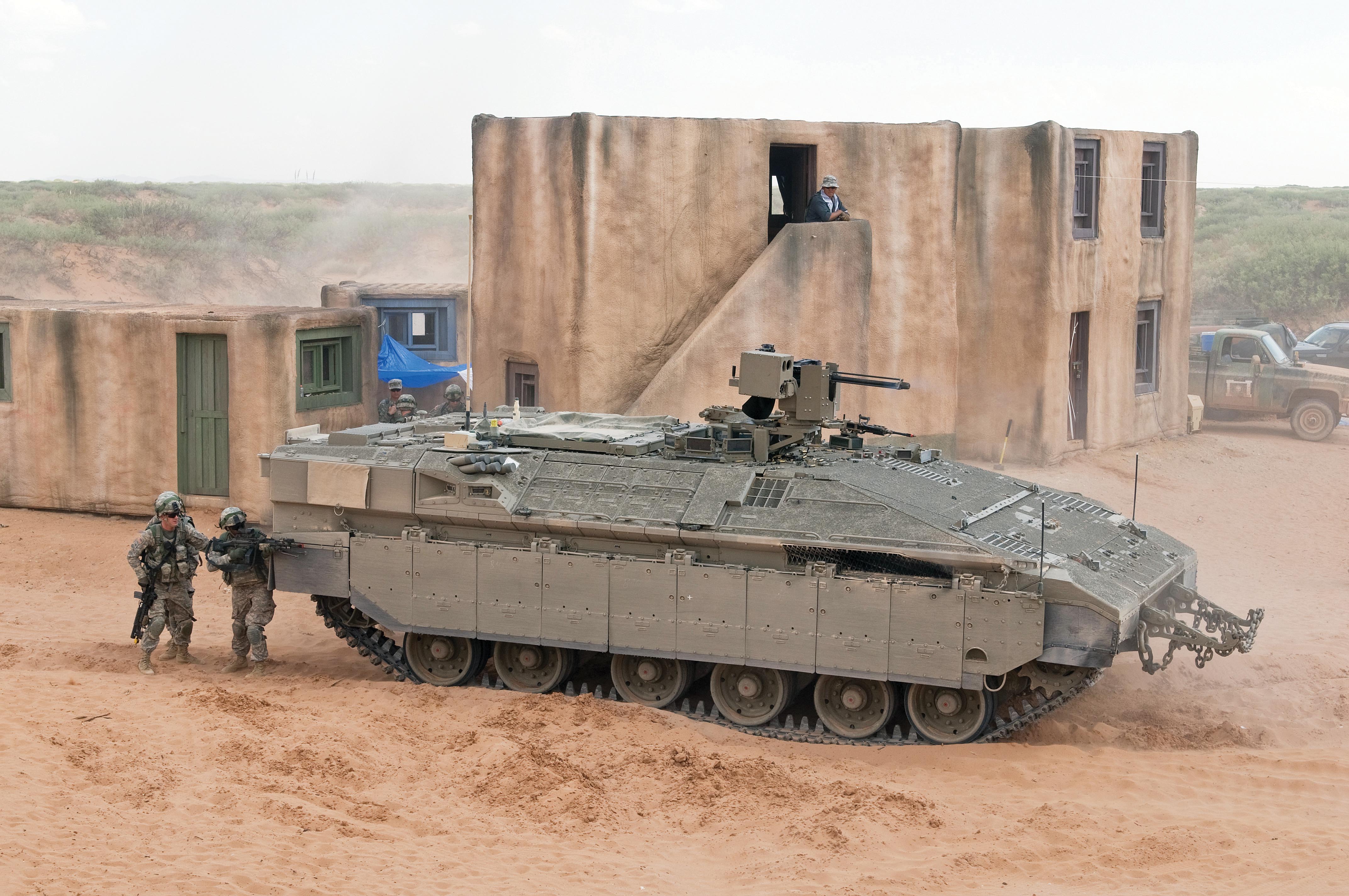
Namer is based on the turret-less Merkava 4 chassis, which has sloped hybrid armour to protect the fighting compartment. It has a remotely operated weapon station and multiple smoke canisters are embedded within the armour. The vehicle has two hatches on the hull roof for use by the commander and gunner, and a rear ramp for use by troops.
The driver's compartment is ergonomically designed and the vehicle is equipped with large vision blocks and electro-optical viewing devices. Four remotely controlled video cameras provide an unobstructed peripheral view. The fully networked AIFV has an Elbit Systems battle management system included in the C4 equipment, a control and inspection system and computerised weapon systems to enable the infantry corps to destroy threats.
Features
The Namer IFV can carry up to 12 including the crew, a stretcher and medical equipment as attachments. The vehicle is equipped with advanced defensive systems, missile launchers, machine guns, reconnaissance equipment for day and night vision and an internal air-conditioning unit. The doors and ramps are redesigned for efficient offload of soldiers and equipment and easy stretcher handling.
The Namer AIFV will enable safe and quick advancement of infantry troops. The IDF is also considering the development of multipurpose Namer versions. The various planned variants are the armoured recovery vehicle, repair and medical evacuation (MEDEVAC) and 30mm cannon armed anti-tank guided missiles command vehicle.
Armament
"The Namer AIFV will enable safe and quick advancement of infantry troops."
The Namer AIFV is armed with Rafael's Mini-Samson RCWS with multisensor target acquisition systems. It is also equipped with a 12.7mm M2HB heavy machine gun, a 7.62mm M246 machine gun, a 60mm mortar and smoke grenade launchers. The future development plans also include mounting of a Samson weapon station armament and heavier 30mm automatic cannons and spike guide weapons.
Protection
Namer is equipped with automatic fire suppression systems, and nuclear, biological and chemical (NBC) protection. The vehicle offers protection level equal to that of the Merkava 4. Rafael's Trophy active protection modules, also called ASPRO-A, cover the sides of the vehicle.
In June 2009, the IDF selected the Israel Military Industries (IMI)-developed Iron Fist active protection system (APS) for the Namer armour personnel carrier. The Namer troop carrier, however, is fitted with Trophy APS. There are also plans to develop a hybrid APS system which would launch both Trophy and Iron Fist interceptors.
Propulsion
Namer is powered by a Teledyne Continental AVDS-1790-9AR V12 air-cooled diesel engine. It develops 1,200hp (895kW), the same as that of the Merkava mkIII tank.
@Penguin @PARIKRAMA @Natan @500 @GURU DUTT








